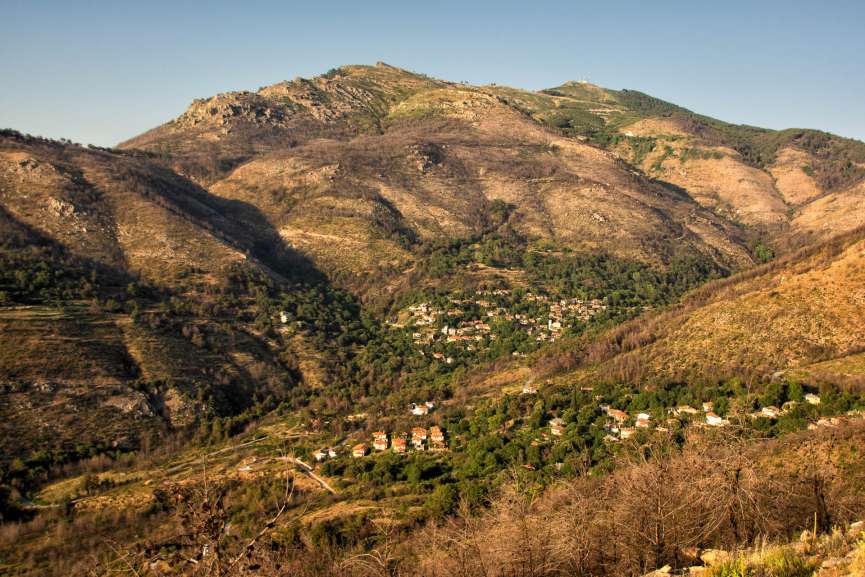July 28, 2017
After the fire is before the fire. This is unfortunately very true for Kazaviti. The last forest fire of 1989 reached the village boundary, but did not destroy any houses. The pine forest burnt to a large extent and was just again reaching a considerable size. This is now over. On the mountains there are dead pine trees again.
The fire of September 10, 2016 was more devastating than the fire of 1989. Houses, inhabited and uninhabited, olive groves and huge areas of forest were a victim of flames. The fire raged at three points on Thassos at the same time. Due to the topographically complex location of the fires, fire-fighting operations were very complicated or impossible. The difficult terrain can not be accessed in large parts with fire engines. There is no water storage for filling the fire engines.
In Kazaviti 11 houses burned down to the ground. The upper row of houses, called “Simenitika”, now consists only of ruins. (This is followed by a separate contribution). At the bottom of the village, a group of houses, consisting of three houses, burned. Also in Mikro Kazaviti, some, partly inhabited houses became victims of the flames. For the affected houses official procedures are running.
At the time of the fire there was a severe drought on the island and the water supplies were very scarce. The water supply of Kazaviti is ensured by a large storage tank. This was filled by a plastic hose. The actual spring is a good distance further up the slope. The hose was buried a few centimeters in the ground and melted all along its length. A few days after the fire, a new hose was laid above ground. It’s been there for almost a year now and you can be curious how many more years that remains. Many trees in the spring area have been burnt and no actions have been taken to secure or re-afforest the spring area. (An additional contribution to the topic of water will follow)
This year (2017) it rained and snowed a lot. The ground water is quite stable and there are no water problems. It is, however, to be assumed that this is an exception. Through the now bare surfaces, the ground heats up much more and the soil erosion proceeds. The water is no longer held and flows away faster. So far, no visible actions have been taken to secure the ground in the Kazaviti Valley. This is expected to remain so. At the 1989 forest fires, the trunks stood on the slopes for years until they were blown over by a storm.
Share this Post
Diese Seite ist auch in: Deutsch verfügbar





















